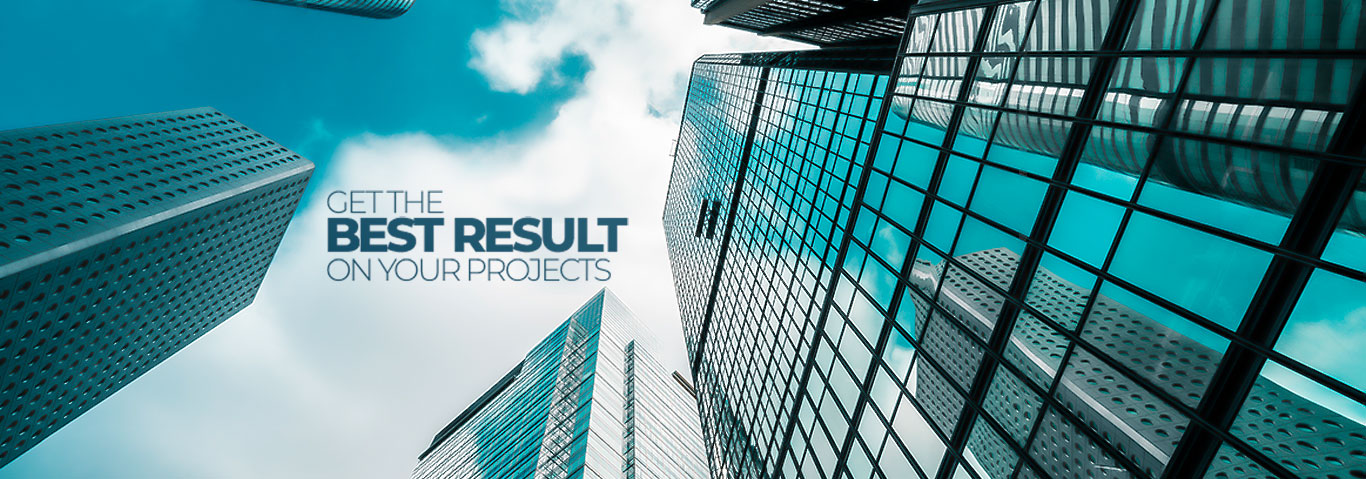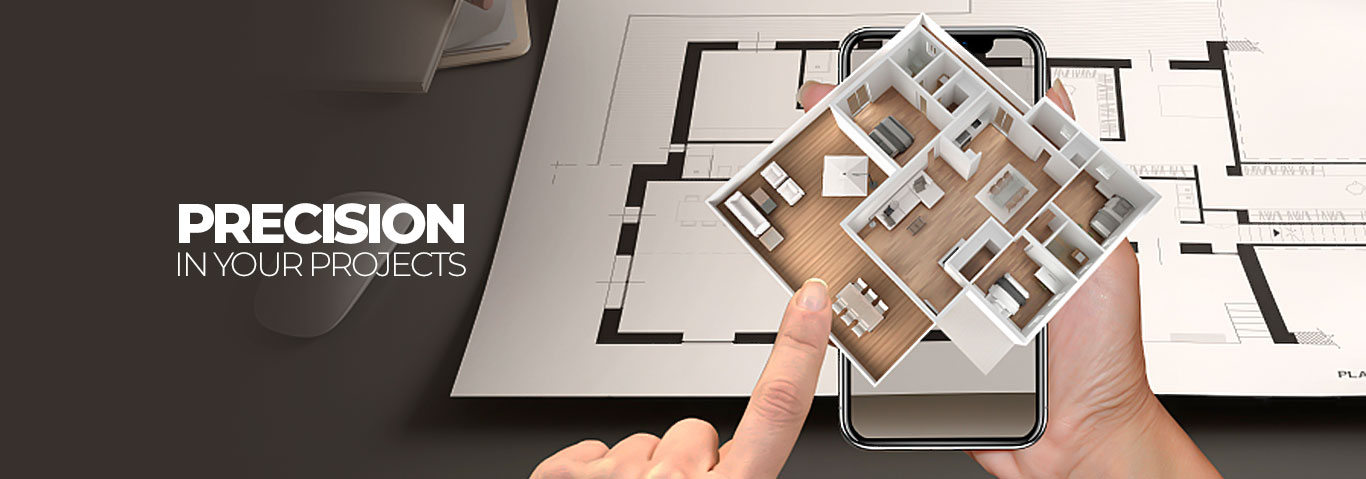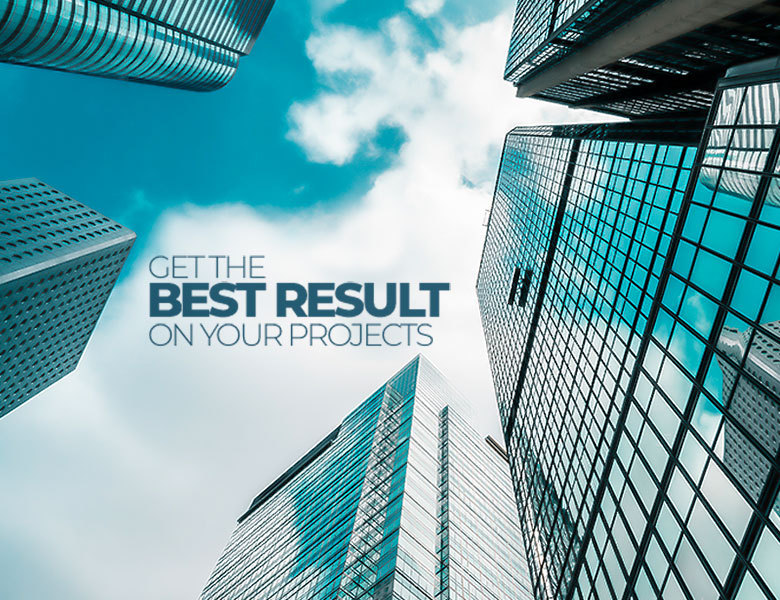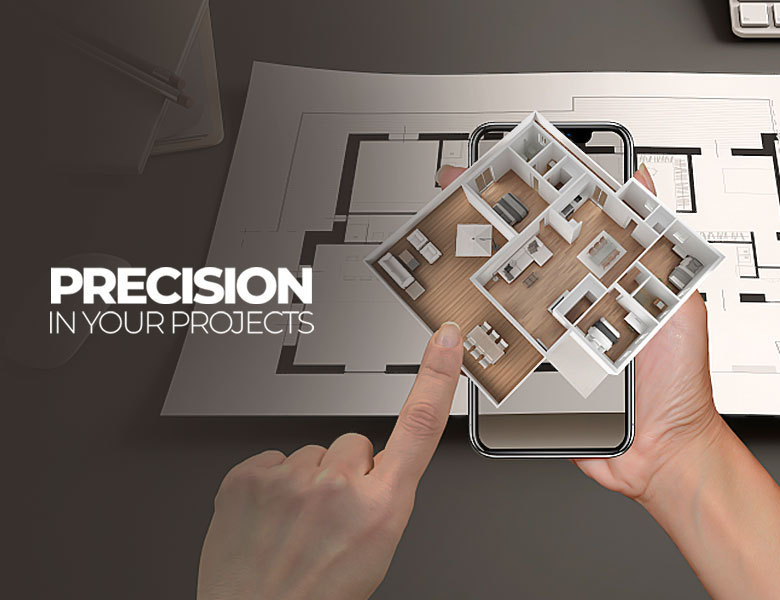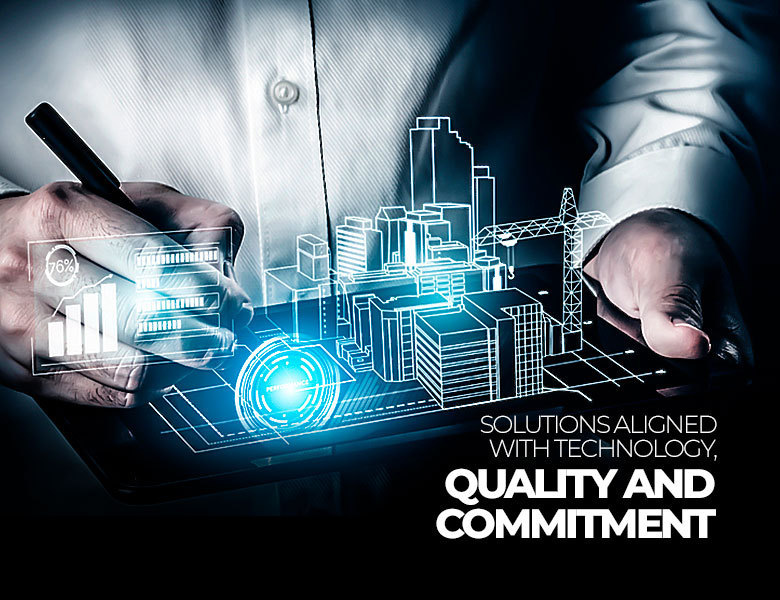
What is the importance of the environment in the planning of a construction?
The environment and the preservation of natural resources are subjects constantly discussed nowadays; not only during forums and meetings among the main world leaders, such as the Paris Agreement but also among companies in various fields, such as construction.
Over the years, consumers have increasingly valued construction companies that offer sustainable solutions. Therefore, we can say that people are very much concerned about planet Earth and want their lifestyle to reflect what they believe.
Customers usually have a better view of the construction companies that have a good environmental and social posture. This factor has become a great differential in a market that grows more and more competitive, such as civil construction.
Furthermore, we can say that more sustainable buildings avoid wasting both natural resources, such as water and energy, and financial resources. Not to mention that a more sustainable construction will take into account aspects surrounding the construction in its planning.
Want to know more about the importance of the environment when planning a building? So, keep reading our post until the end!
What is sustainability in building planning?
We say that sustainability is a set of actions that aim to conserve the environment, not only with a focus on nature but also on the society inserted in this context.
Thus, we can say that sustainability in civil construction is related to the preservation of nature, non-renewable resources, and the population around the construction work. For this reason, when planning a construction, it is necessary to foresee what resources will be used.
In addition, it is necessary to plan which resources can be replaced by more environmentally conscious alternatives; and resources that cannot be replaced need to be used without waste.
Hence, sustainability in civil construction holds on three important pillars:
- Social sustainability;
- Environmental sustainability;
- Economic sustainability;
Advantages of more sustainable construction planning
As already mentioned, a construction company that follows a more sustainable line manages to conquer a new range of customers. In addition, sustainable actions also draw the attention of potential investors and other stakeholders due to the type of enterprise and the social responsibility it presents.
Another great advantage of more sustainable planning of construction is the reduction and control of expenses; we are not only referring to financial resources but also the conscientious use of materials. All these actions promote the economy, thus keeping the construction company financially sustainable.
Many resources come from discarded or recycled materials, making the construction budget more affordable. The price of the ecological brick, for example, is significantly lower when compared to the common brick. Since its production involves a more economical use of energy, leaving the expenditure much lower.
Protecting the environment when planning a construction can also bring several tax incentives for a project. As these practices are increasingly common in the construction industry, so many governments support projects that care about the location and population.
As the different forms of sustainable technologies advance, many alternative solutions are emerging and all of this has a positive influence on the environment. Moreover, the sustainable planning of works meets, above all, the most common requirements in society.
How to make a more sustainable construction plan?
Now that you know about the importance of the environment in the planning of construction, there are several ways to make your work more sustainable. For example:
1. Carry out proper waste management
To reduce the impact caused by construction, a company concerned with sustainable construction needs to carry out efficient waste management.
Throughout the work, the discarded materials must be stored in a suitable container. And right after the end of the construction work, the waste must be taken to proper places for recycling or disposal in appropriate landfills.
Properly disposing of the waste from a job site is one of the most relevant points for sustainability in civil construction. Because, in addition to allowing the reuse of resources, by correctly depositing materials, the construction company ensures that the materials are sent to recycling plants.
2. Invest in new technologies
You can find plenty of software that promotes the management of each stage of construction, consequently contributing in a way to save energy and resources. Since with these platforms, everything can be done in a more optimized and productive way.
Hepta Solutions works with PlanSwift software, which is currently the most recommended take-off platform by specialists in different parts of the planet. That’s because it offers more assertive calculations of the number of materials needed, as well as construction time, use of inputs, and even labor.
3. Avoid excessive energy consumption
Decreasing energy consumption is essential for reducing damage to the environment. So, even in the planning phase, it is essential to consider simple practices for sustainability in civil construction, such as the use of resources for natural lighting and ventilation.
Concerning this, it is necessary to fully estimate the proportion of natural light and wind in the place. Besides, other basic forethoughts guarantee the efficiency of these measurements. For instance, the selection of supplies that require less energy in production and even light bulbs that demand less electricity.
If you are interested in more information on how to get an accurate take-off for your construction, keep up with the news on this blog!
Also read: Estimate accuracy: using technology to improve precision in take-off and estimate

